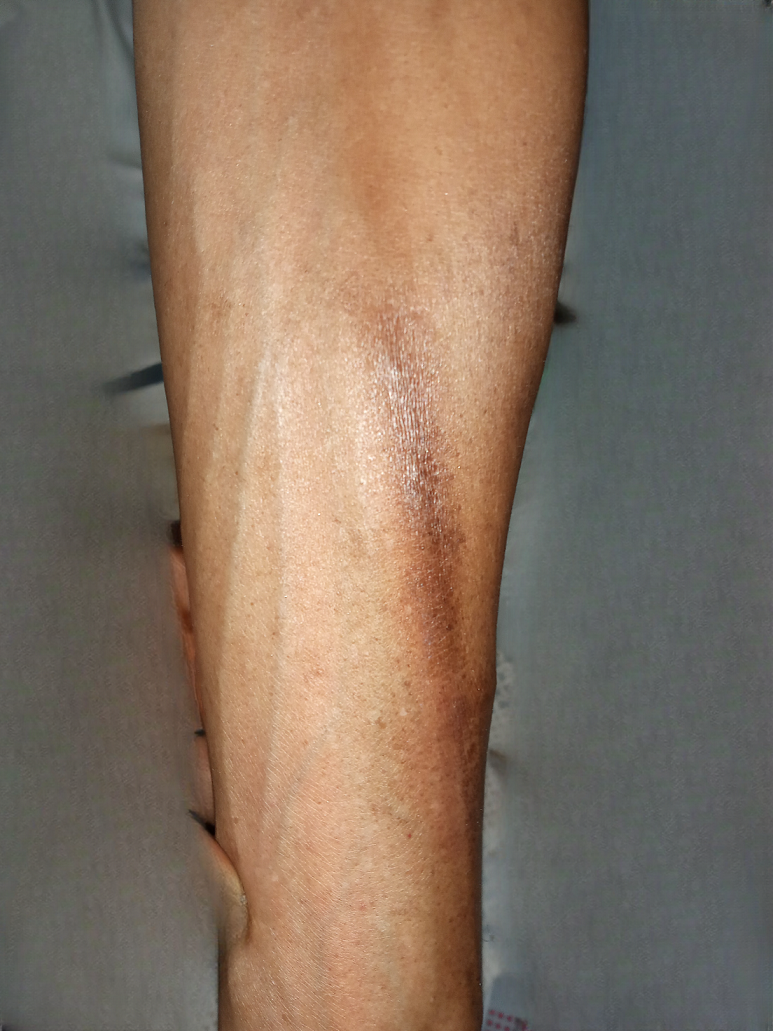Incidence and management of chemotherapy-related local complications in cancer patients in Conakry, Guinea
Keywords:
Chemotherapy, Extravasation, Phlebitis, Local toxicity, Sub-Saharan AfricaAbstract
Introduction: Chemotherapy-related local complications (CRLC), such as phlebitis and extravasation, can significantly affect patient quality of life and disrupt treatment continuity. These complications are poorly documented in sub-Saharan Africa, where structural and organizational constraints may contribute to increased incidence and severity. This study aimed to determine the incidence, characteristics, and associated factors of CRLC in an oncology unit in Guinea.
Materials and methods: A prospective descriptive and analytical study was conducted at the Oncology Department of Donka University Hospital, Guinea, from November 2020 to February 2021. Patients with histologically confirmed cancers receiving intravenous chemotherapy were included. Two groups were compared: patients with and without CRLC. Sociodemographic, clinical, and therapeutic data were analyzed using appropriate statistical tests.
Results: Among 88 patients (84.1% female; mean age 45.8 ± 16.7 years), 31 (35.2%) developed at least one CRLC. Out of 193 chemotherapy cycles, 51 CRLC episodes (26.4%) were recorded, including phlebitis (15.0%) and extravasation (11.4%). Most frequent protocols were doxorubicin + cyclophosphamide (AC) and epirubicin + cyclophosphamide (EC), accounting for 33.0% of cases, followed by docetaxel monotherapy (25%). CRLCs occurred during the first four cycles (45.2%), predominantly grade 2 (82.4%), with favorable outcomes within 10 days (96.1%). Peripheral venous access was used almost exclusively (100% with CRLC vs. 96.5% without CRLC, p = 0.291). No statistically significant predictive factor was identified. In 9.1% of cases, delayed consultation caused extensive lesions requiring surgical excision, leading to a temporary chemotherapy interruption without permanent functional sequelae.
Conclusion: CRLCs are frequent in our resource-limited setting, affecting more than one-third of patients and one-quarter of chemotherapy cycles. Phlebitis and extravasation occurred mainly during the first cycles, with most events being moderate but some requiring surgical management. These findings highlight the urgent need to strengthen prevention strategies, staff training, and access to appropriate vascular devices in order to reduce their incidence and ensure treatment continuity.

Downloads
Additional Files
Published
How to Cite
License
Copyright (c) 2025 Ibrahima Kalil Condé, Kalil Cissé, Abdoulaye Mabinty Camara, Bangaly Traoré

This work is licensed under a Creative Commons Attribution-NonCommercial 4.0 International License.
